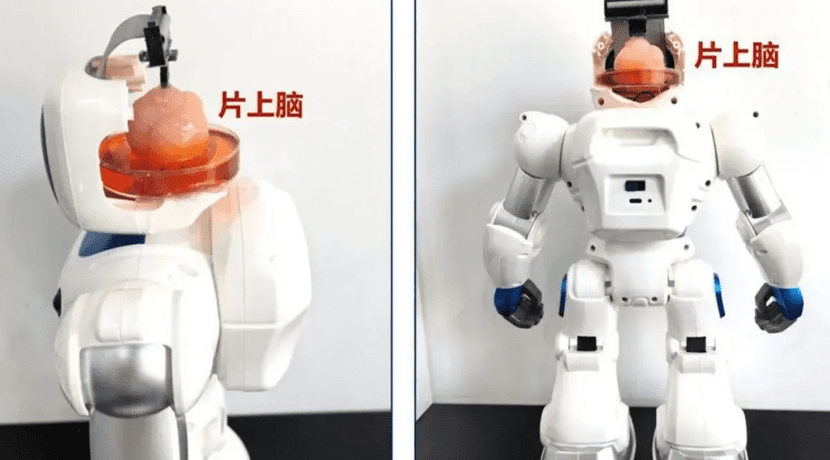Robot with living brain built in China
Human stem cells 02. July 2024 13:38 Robert Klatt A robot with a living brain made from human cells has been built in China. In the future, the technology will help people and enable, for example, brain repair. Tianjin (China). Scientists at Tianjin University have developed a new robot with a brain made of living […]

Human stem cells
Robert Klatt
A robot with a living brain made from human cells has been built in China. In the future, the technology will help people and enable, for example, brain repair.
Tianjin (China). Scientists at Tianjin University have developed a new robot with a brain made of living cells. The robot’s brain is housed in a nutrient fluid and is made of human stem cells combined with a microchip. In combination, the electrical chip and brain organoid control the robot’s abilities, including grasping objects.
As Gernot Müller-Putz from the Graz University of technology (TU Graz) explains, the system is similar to the Neuralink implants that have already been implanted into the human brain for testing purposes. However, the robot did not use a complete human brain as a component; the researchers simply developed a so-called organoid from stem cells.
Organoid recreates brain
The robot organoid has a similar structure to the human brain, but is significantly less complex. Until now, medicine has mainly used organoids in brain research, for example to test new therapies and drugs. Within the organoid, neurons form cell groups from which neural networks emerge that can interact and communicate with each other, just like in the human thinking organ.
“This idea is fundamentally not entirely new and is gradually being implemented more and more often. These networks are trained to be able to learn and then take on control tasks.
According to Müller-Putz, brain organoids have not yet been used in robot control systems. Research has already combined brain organoids and chips, for example to measure the activity of neurons in cell groups with high precision.
“The fact that this technology can control robots seems new. I know that people have been trying for some time to find ways to use artificially assembled neurons from real biological cell tissue to control computers.
Better understanding of neurological diseases
Chinese researchers explain in their publication in the specialist journal Brainthat the robot can, among other things, help to better understand human neurological diseases. According to them, it is conceivable that organoids could be used in the future to repair human brains.
“Transplantation of organoids into living brains is a novel method that can enhance organoid development. The grafts have a functional host-derived vascular system and exhibit advanced maturation.
Müller-Putz still considers this possibility to be highly speculative. However, he also believes that the combination of brain cells and chips could provide new insights.
“You could use it to learn more about how neurons or cell groups learn. We could also learn more about the plasticity of the brain.
Brain, doi: 10.1093/brain/awae150














